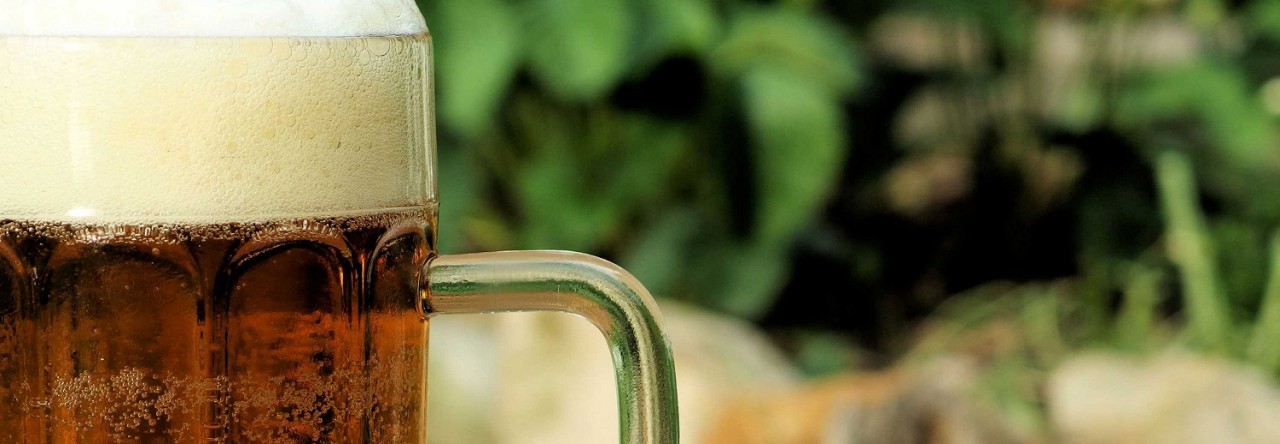Every year around St. Patrick’s Day, Mike throws a big family meal at his house with corned beef, cabbage, and other Irish-American foods. Of course, he is in charge of the beer. For 2025, he decided to brew two classic Irish styles: a red ale and a stout. What made this year different was trying to take a single base recipe and branch it off into two different beers. Let’s see how his plan turned out.
One Base Recipe For Two Styles
At the core each recipe was Maris Otter and flaked barley, and using Wyeast 1084 Irish Ale yeast.
2025 Irish Red Ale
Grains:
Maris Otter – 85%
Flaked Barley – 11%
Extra Special Malt (130°L) – 3%
Roasted Barley – 1.5%
Hops:
60-minute addition of a 50/50 blend of Bramling Cross and East Kent Goldings
Yeast:
Wyeast 1084 Irish Ale Yeast
Process and Outcomes:
Mash at 147°F to 152°F over 40 minutes, mash out at 168°F for 20 minutes
Original Gravity: 1.052
Final Gravity: 1.012
ABV: 5.25%
2025 Irish Stout (Chocolate-Malt Variant)
Grains:
Maris Otter – 73%
Flaked Barley – 11%
Dark Chocolate Malt (450°L) – 10%
Pale Chocolate Malt – 4%
Crystal 60 – 2%
Hops:
Same as above, 60-minute addition of Bramling Cross and EKG
Yeast:
Wyeast 1084 Irish Ale Yeast
Process and Outcomes:
Mashed at 155°F for 45 minutes, mash out at 168°F for 15 minutes
Original Gravity: 1.054
Final Gravity: 1.018
ABV: 4.7%
The 2025 Irish Beers Notes
Both beers came out nicely, though very different despite sharing some ingredients. The Irish red was smooth and malty with a firm hop presence that came through a bit more than in the stout. The flaked barley added a good mouthfeel, and the hops had a slight earthy, minty quality.
The stout was where another experiment came in. Without roasted barley, Mike was curious how much “stout character” would come from just chocolate malts. The outcome was positive. There was a distinct roastiness from the dark chocolate malt. Thankfully, it lacked the sharpness or ashy notes you get from roasted barley. It was smoother overall, which we liked.
Hopefully, there is still some on tap when we tasted the stouts from the 14th pick.
BREW ON!

